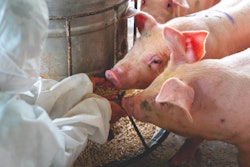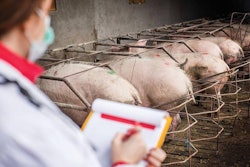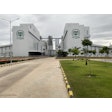
According to a new study, modification of plant DNA through genome editing is no more hazardous than conventional breeding methods.
Modifying the DNA of plants using genome editing poses no more hazards than conventional breeding, according to the latest risk assessment by the European Food Safety Authority (EFSA). Editing of the plant genome is also no more hazardous than other techniques that introduce new DNA into a plant, it concludes.
Following these conclusions, the expert panel says that current guidance for assessing the risk presented by genetically modified (GM) plants can be applied to the three new techniques examined.
Among the key factors in the decision were that none of the techniques introduces new DNA into the plant. Furthermore, genome editing — whether into plants, animals or microorganisms — is carried out with high precision.
Gene-editing methods assessed by EFSA were site-directed nuclease-1 (SDN-1) and site-directed nuclease-2 (SDN-2) techniques and oligonucleotide-directed mutagenesis (ODM).
These techniques can produce benefits, according to the expert group. These range from increasing the muscling of livestock to therapies for cancer and inherited diseases. Applied in plants, they may confer beneficial characteristics such as disease resistance or drought tolerance, or improve nutritional composition.
Responding to societal concerns, the EFSA report stresses that all genome-edited organisms are subject to risk assessment before they can be authorized for use in the European Union (EU). This examines possible adverse impacts on human health or the environment.
In view of these fears, the European Commission (EC) had called on EFSA to determine whether the current guidelines are adequate for the assessment of risk presented by GM plants developed using these three new techniques.
The full paper from EFSA’s expert panel is published in the EFSA Journal.
Related risk assessment: GM insects
Just two weeks previously, an EFSA expert panel on genetically modified organisms (GMOs) published its assessment on GM insects containing gene drives.
Using broadly similar techniques to genome editing, gene drive is used to speed up the transmission of selected genetic elements in a target insect population. Currently in an early stage of development, engineered gene drives have the potential to control agricultural pests, among other applications.
In the opinion of EFSA’s expert panel, existing guidelines for the risk assessment of GM animals can be applied to gene drive-modified insects. However, the panel called for additional guidance on possible environmental impacts.
One year ago, the European Council requested the EC to examine the status of novel genomic techniques under EU law. Together with these EFSA assessments, the EC report is scheduled for submission by April 2021.

















